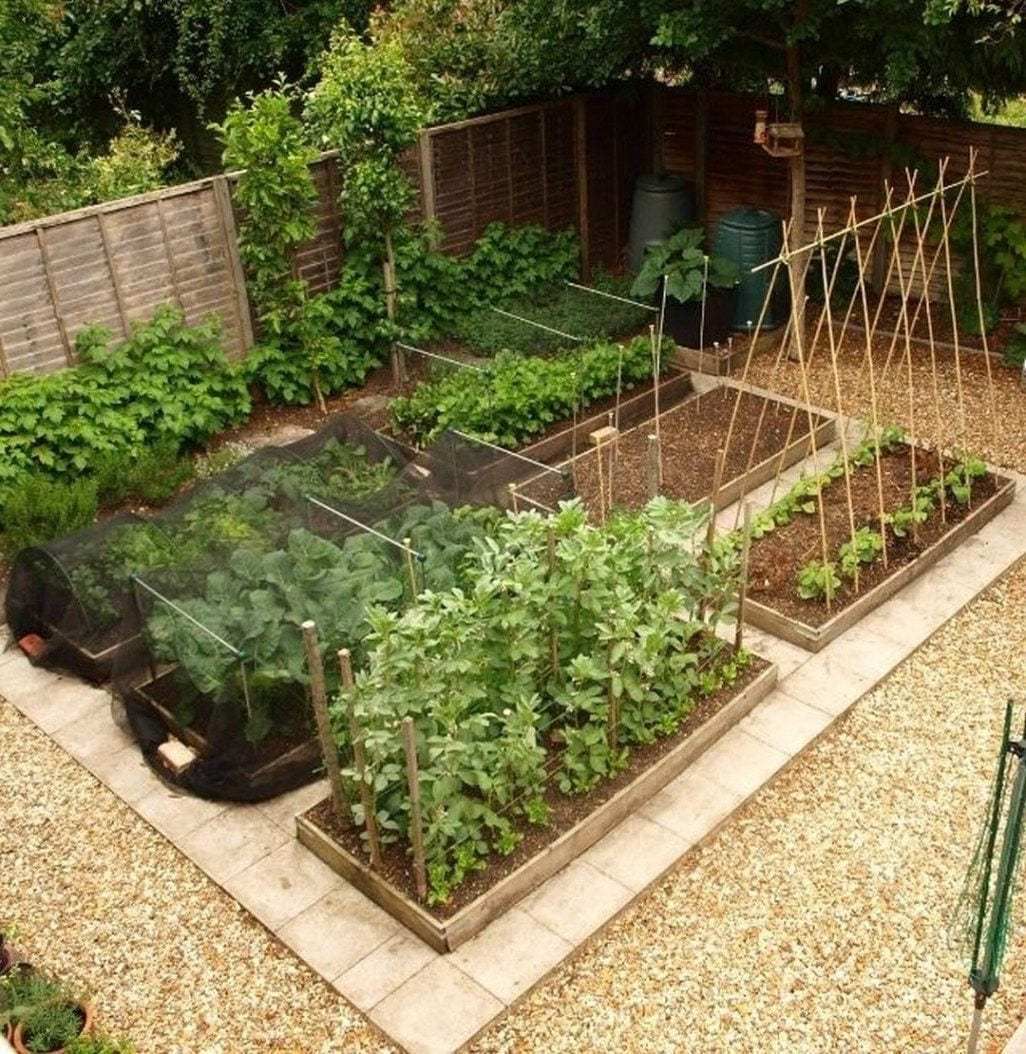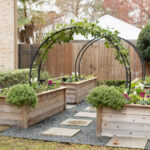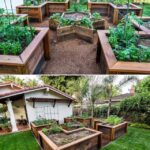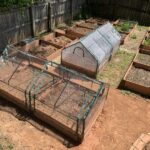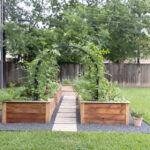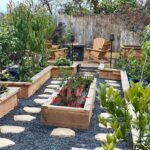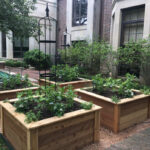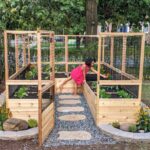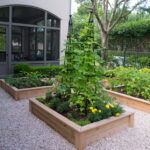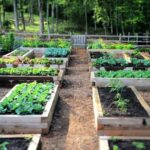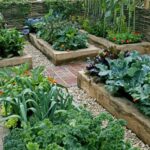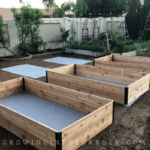Raised garden beds are a popular option for many gardeners, as they offer numerous benefits such as better drainage, improved soil quality, and less strain on the back. When designing the layout for your raised garden beds, there are a few key factors to consider to maximize the efficiency and productivity of your garden.
One important consideration when planning the layout of your raised garden beds is the amount of space you have available. Make sure to leave enough room between each bed for easy access and maintenance. You may also want to consider the orientation of your beds to maximize sunlight exposure for your plants.
Another important aspect of your raised garden bed layout is the size and shape of the beds themselves. While smaller beds may be easier to manage, larger beds can provide more planting space and accommodate a wider variety of plants. Consider the types of plants you want to grow and the amount of space they will need to thrive.
When arranging your raised garden beds, think about the overall aesthetic appeal of your garden. Consider incorporating pathways between the beds for easy navigation and a clean, organized look. You may also want to think about adding trellises or other vertical structures for plants that need support.
In addition to the layout and design of your raised garden beds, it is important to consider the type of soil you will use. Raised garden beds typically require a mix of topsoil, compost, and other amendments to ensure proper drainage and nutrient levels. Be sure to research the specific needs of the plants you plan to grow and tailor your soil mix accordingly.
Finally, when planning the layout of your raised garden beds, consider incorporating companion planting techniques to maximize the productivity of your garden. Certain plants work well together when planted in close proximity, as they can help deter pests, attract beneficial insects, or provide support to one another. By carefully selecting which plants to grow together, you can create a more resilient and productive garden.
